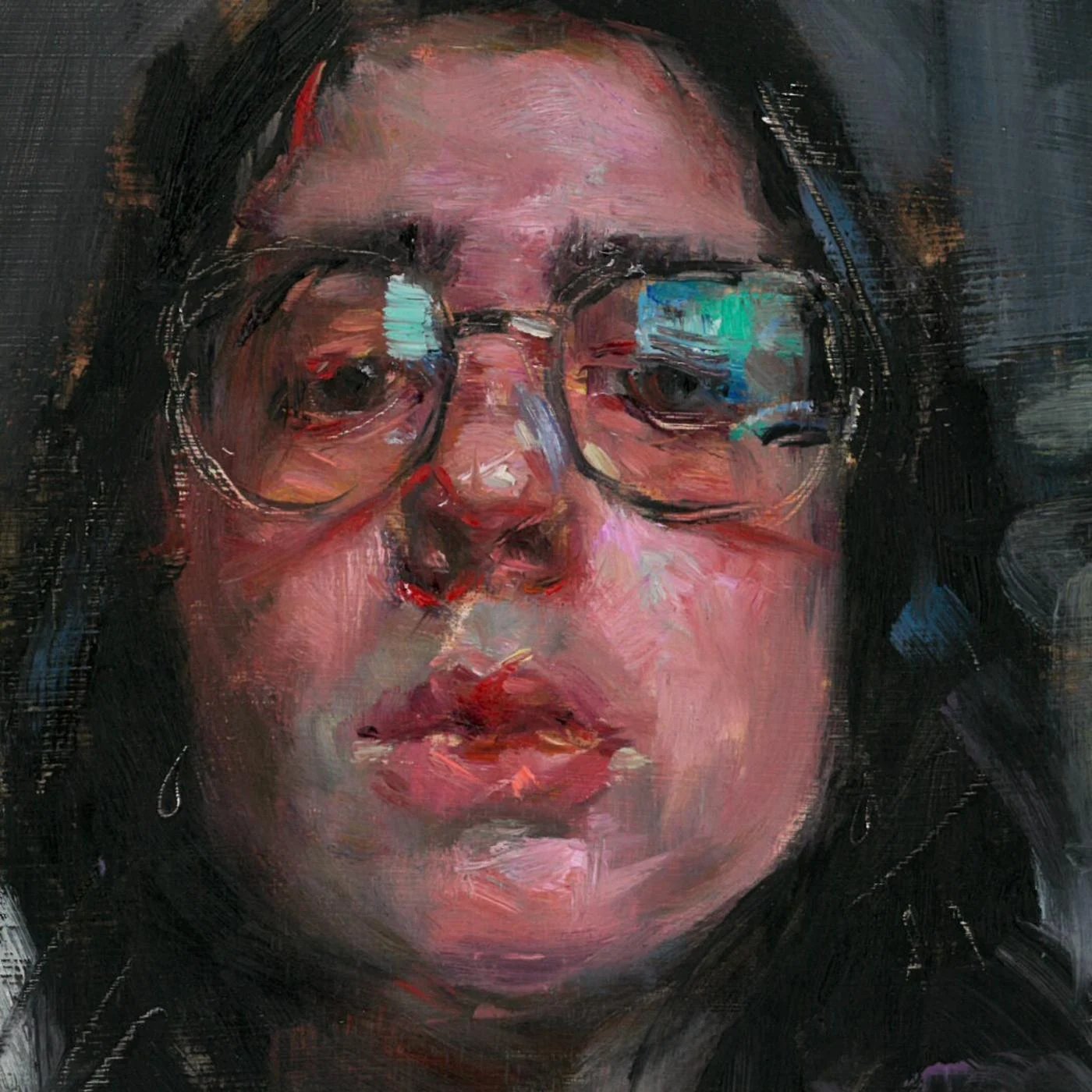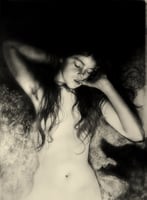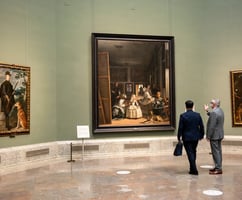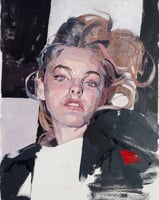From Madrid, Carmen Mansilla is a realistic figurative painter. Although she studied Communication,...
Natalia Segovia
FIRST YEARS OF NATALIA SEGOVIA IN THE PAINTING WORLD
Natalia Tomás Segovia was born in 1985 in the Spanish city of Albacete. Graduated in Fine Arts at the Faculty of San Carlos de Valencia, the artist from Albacete was able to enjoy not one, but two Collaboration Scholarships in the Drawing Department and also in the Teaching Technical Advisory Board. Today her painting reflects this, but since she began her training she showed great interest in different artistic aspects.
Her curiosity covered from the most academic drawing and painting to contemporary art, including audiovisual production and the latest artistic trends. As if that were not enough, she combined all this with Hispanic Philology, which she studied for two years at the University of Valencia. It is true that, although during this stage of training she touched different areas, in the end she chose to return to what she considers "her first love": painting.
For a while she put aside her artistic work due to personal reasons, and it was during that time (in which, by the way, she worked as a funeral sales agent in different towns of Valencia) that she came to understand "beauty, misery, some relevant things of human nature and the true importance of Art".
Nevertheless, she returned to what has always been her passion and continued to develop her own style and artistic path.

NATALIA SEGOVIA'S STYLE AND TECHNIQUE
Faithful to that curiosity that has always been with her, Natalia has done "a little bit of everything". However, she is committed to figurative art, and specifically portraits. "I think my painting, above all, connects with tradition. I have focused right now on figuration, on portraits, which are intimate, personal, with a psychological side," explained the artist to La Tribuna de Albacete when she made her debut in her hometown with a solo exhibition.
Framed in Contemporary Realism, Natalia draws from the classic artists of the Baroque and traditional resources, but always alternating with a more modern perspective that is reflected in her interest in the everyday. Because it is true that although classical painting has always been part of her life, she is trying many new things in terms of lighting and perspective to try to give another content to her personal work.
Each style has its own particular difficulty; however, Natalia speaks from the experience of portraits. "To reach a high level with portraiture, as in any style, is very complex, what happens is that with this one you have the issue of resemblance, of proportion. Painting a good landscape is also difficult, but with portraiture, first you need some general anatomy basics and then, fine-tuning with each person, each portrait is unique and you need many years of drawing, which is what makes us understand the forms."
Natalia's work shows a certain predilection for the color red. It is true that she herself admits that she finds it a very powerful color and that she perceives blues less than warm tones, but she has come to the conclusion that it is mainly because she likes it.
TOPICS OF NATALIA SEGOVIA'S WORK
In her work, composed mostly of portraits, the theme of childhood has a special place. The main characters of her children's work are her sons, and in fact she presented a painting of one of them to the Modportrait 2019 contest. She paints both figure and portrait, but she realized that it is important to talk about childhood because it seems that this subject is something minor.
NATALIA SEGOVIA'S WORKSHOP AT MAA
Now that you know a little more about Natalia Segovia, how would you like to see her work live, and make your own painting with her advice? The artist will visit Madrid Academy of Art on February 25th, 26th and 27th, would you like to attend?
NATALIA SEGOVIA'S REFERENCES
Beyond the great classics such as Diego Velázquez, Francisco de Goya, Mariano Fortuny or Joaquín Sorolla, her time at the Faculty of Fine Arts opened the doors to other figures such as Lucian Freud, Antonio Mancini or Ignacio Pinazo. With the latter he saw and learned a new form of figuration.
Natalia made an autobiography in the style of a short film in which she talks about her most personal side and explains the reasons for her comings and goings during her artistic studies. In any case, the conclusion she draws from all her experience, both vital and artistic, is the following:
"I paint because it's what makes me happy. After struggling with my head twenty thousand times in my life trying to see the reasons why I paint, why I write... I have returned to the simplicity: this makes me happy".




